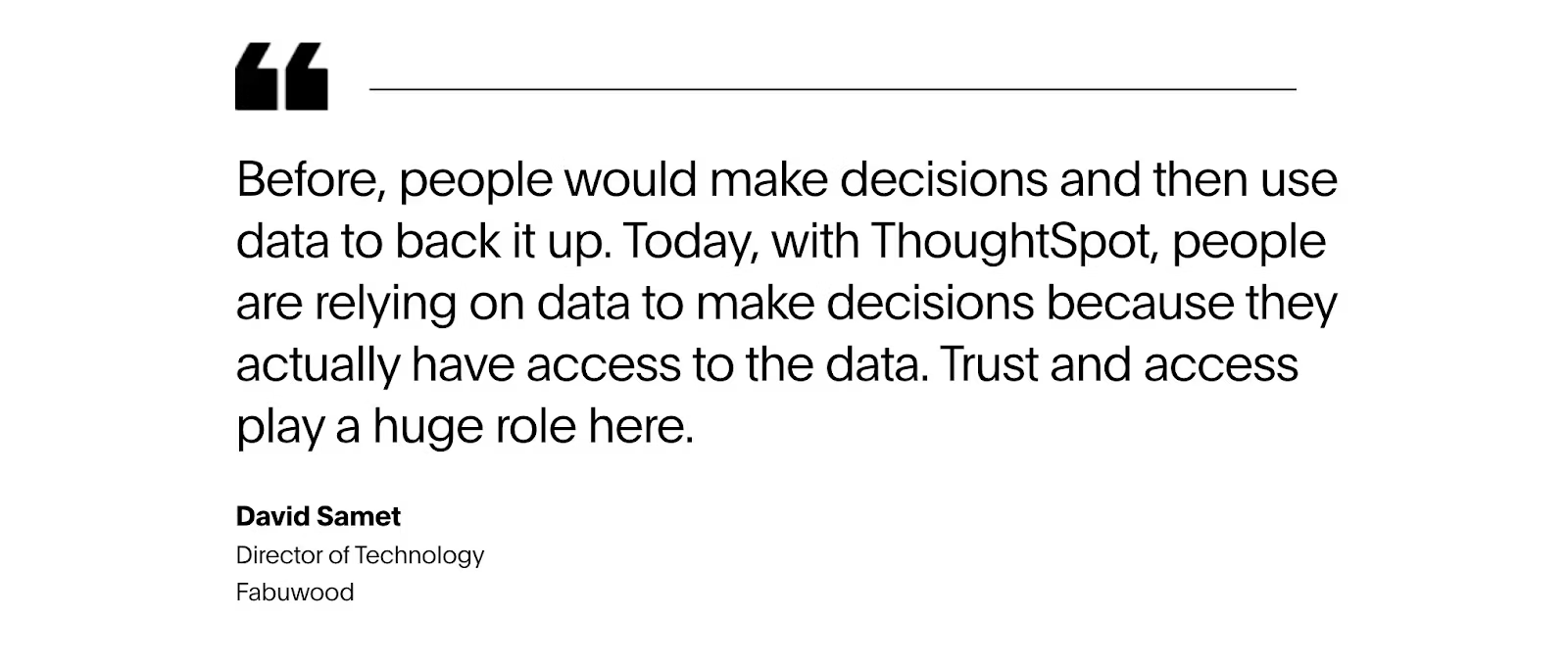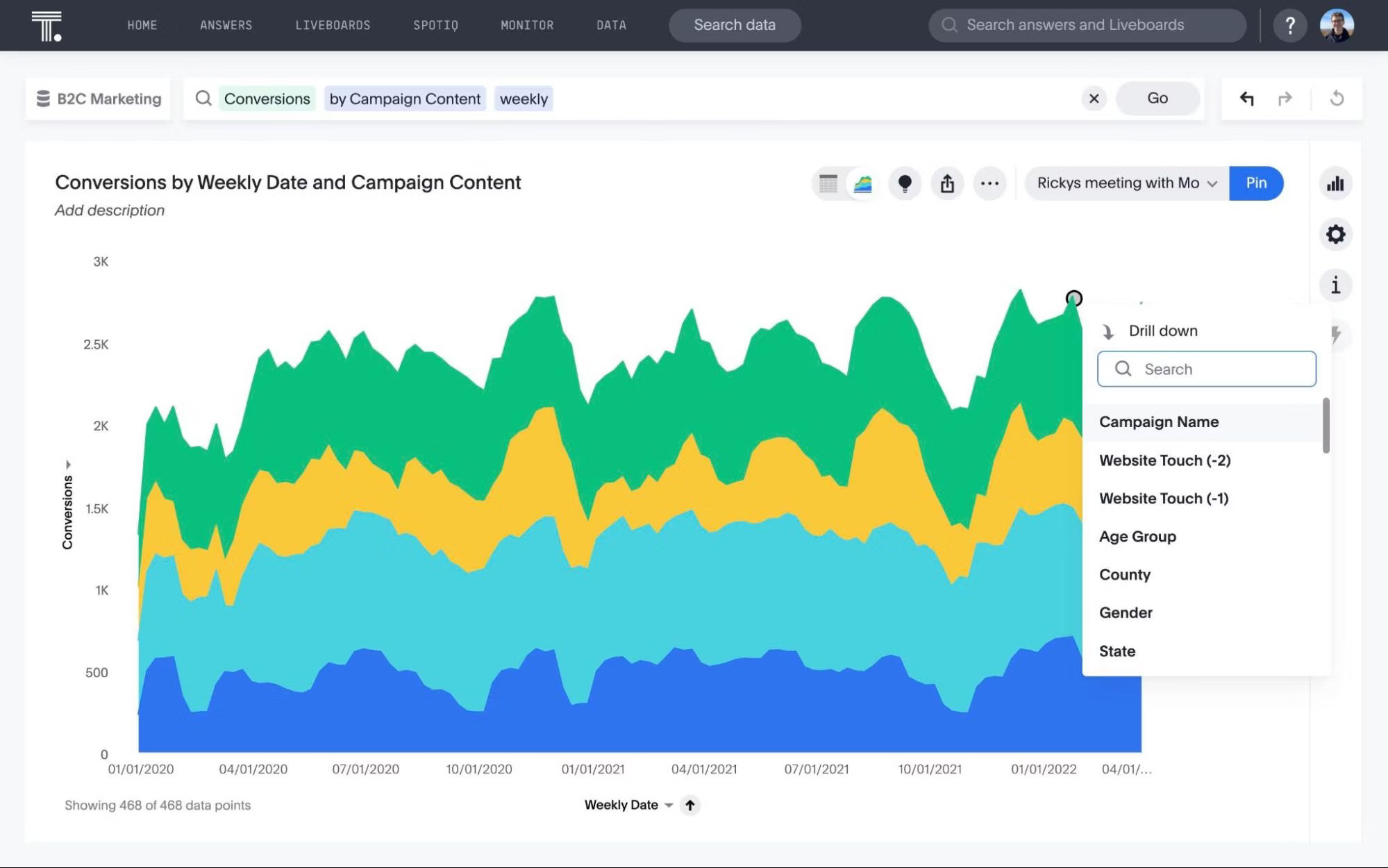So, you’ve built a thriving online business. Congratulations! But, how do you keep your customers satisfied as their needs and expectations change over time? According to a recent study by Forbes, 53% of online shoppers state that they are more likely to purchase from businesses that personalize their experiences. That's where keeping a pulse on your data with e-commerce analytics comes in. By harnessing the power of data-driven insights, you can gain a deeper understanding of your customers, enhance your marketing efforts, and drive revenue growth like never before.
In this article, we'll explore the ins and outs of e-commerce analytics, focusing on leveraging raw data to drive actionable insights and enhance business performance.
Table of contents:
E-commerce analytics refers to the process of collecting, analyzing, and interpreting data related to online activities by tracking metrics and key performance indicators (KPIs) to gain insights into customer behavior, sales, marketing, and overall business operations in the digital marketplace. By analyzing this data using tools like statistical analysis, data visualization, and machine learning, businesses can uncover valuable insights.
1. Better insight into customer behavior
With e-commerce analytics, you can track relevant e-commerce KPIs to gain valuable insights into customer behavior, preferences, and purchasing patterns. By analyzing data such as browsing history, purchase history, and demographics, you can gain a deeper understanding of your target audience and tailor your marketing efforts and product offerings accordingly.
2. Refined marketing strategies
With e-commerce analytics, you can track the effectiveness of your marketing campaigns in real time. Analyzing KPIs and metrics such as click-through rates, conversion rates, and return on investment (ROI) can help you identify which marketing channels or strategies are driving the most sales. This allows for more targeted and cost-effective marketing campaigns, ultimately maximizing your ROI.
3. Improved user experience of the online store
By analyzing website traffic, navigation patterns, and user engagement metrics, e-commerce data analytics can help you identify areas for improvement in your online user experience. This may include optimizing the website layout, streamlining the checkout process, or personalizing product recommendations. Elevating the user experience increases customer satisfaction and customer loyalty leading to higher conversion rates and repeat purchases.
4. Enhanced inventory management
E-commerce analytics also provides valuable insights into inventory management by tracking product performance, demand trends, and stock levels. Analyzing data such as seasonal fluctuations helps you optimize inventory levels. This minimizes stockouts and overstocking, ensuring the availability of the right products to meet customer demand.
5. Improved forecasting and planning
Advanced e-commerce analytics tools incorporate predictive analytics capabilities, allowing you to forecast future trends and behaviors based on historical data. By leveraging predictive models, you can anticipate customer demand and identify emerging market trends. This allows you to make data-driven decisions about inventory management, pricing strategies, and product development.
💡 Master sales forecasting techniques to accurately anticipate customer needs and optimize your inventory.
6. Reduced instances of fraud
E-commerce data analytics can also help you identify and mitigate fraud and security risks. By analyzing transaction data and identifying patterns indicative of fraudulent activity, businesses can effectively implement fraud detection measures such as credit protection services to protect against chargebacks and financial losses.
7. Competitive advantages over other businesses
Leveraging analytics effectively is non-negotiable in today's competitive e-commerce landscape. Continuously monitoring performance metrics, analyzing customer feedback, and staying up-to-date on market trends helps you adapt quickly to changes in the market.
E-commerce analytics has many flavors, each serving a specific purpose in helping you understand and boost your online operations:
1. Descriptive analytics: Descriptive analytics focuses on summarizing past performance data to provide insights into what has happened in the past. This includes metrics such as sales revenue, website traffic, conversion rates, and customer demographics.
2. Predictive analytics: Predictive analytics utilizes historical data and statistical algorithms to forecast future trends and outcomes, such as customer lifetime value, product demand, and market trends. This enables you to anticipate customer behavior and make proactive decisions to capitalize on opportunities or mitigate risks.
3. Prescriptive analytics: Prescriptive analytics goes beyond predicting future outcomes by recommending actions to achieve desired objectives. By leveraging advanced algorithms and operational techniques, prescriptive analytics helps you identify the most effective strategies for maximizing revenue, minimizing costs, and enhancing operations.
4. Churn analysis: Churn analysis involves identifying customers who have stopped engaging with your business or have quit making purchases. By analyzing churn patterns and identifying the reasons why customers are leaving, you can implement targeted retention strategies to reduce churn rates and increase customer lifetime value.
5. Sentiment analysis: Sentiment analysis involves analyzing text data from customer reviews, social media mentions, and other sources to determine the sentiment or emotional tone associated with your business. By monitoring sentiment over time, you can measure customer satisfaction, identify areas for improvement, and respond effectively to customer feedback.
Basket analysis
Basket analysis, also known as market basket analysis, is a powerful tool for extracting valuable insights from customer purchase data. By leveraging AI analytics to analyze your customer’s purchase history, you can identify patterns and correlations between different products. Such insights allow you to deliver personalized recommendations, enhancing the overall shopping experience for customers.
Consider Fabuwood—a Newark-based cabinet manufacturer. By evaluating the purchasing connections between a particular line of high-end cabinets and an upsell organization feature, they could work to cross-sell these enhancements during the client consultation. These are the types of insights they’ve been able to unlock since enabling self-service analytics with ThoughtSpot. Find the full case study here.

Customer segmentation
E-commerce analytics enables you to segment your customer base based on various criteria such as demographics, purchase behavior, and engagement level. This allows for more targeted marketing campaigns and personalized communication tailored to specific customer segments.
For example, Northmill implemented customer segmentation strategies to tailor banking experiences, leading to a notable 30% boost in conversion rates.
“What moves the needle is turning insight into actions. To run a business, the ability to produce nice graphs and monitor interesting data is not even half the story—it's what you do with it that's important.”
Conversion rate optimization (CRO)
By consistently analyzing website traffic, user behavior, and conversion funnels, you can pinpoint areas for enhancing the online shopping experience. Implementing these changes can optimize conversion rates and boost sales to their maximum potential.

Inventory management
E-commerce analytics helps you optimize inventory levels by analyzing historical sales data, identifying seasonal trends, and forecasting future demand. This ensures that you maintain optimal stock levels to meet customer demand while minimizing excess inventory and associated carrying costs.
For instance, despite store closures during the pandemic, Canadian Tire effectively managed inventory using business intelligence tools. This strategic approach led to notable sales growth driven by informed decision-making.
Picking the right analytics platform to analyze your e-commerce data is crucial for success online.
ThoughtSpot is an AI-Powered Analytics solution, that empowers you to delve into your e-commerce data with ease. With the intuitive natural language search capabilities of ThoughtSpot, any member of your team can uncover actionable insights swiftly. Customers like Staples, Petsmart, and CVS trust ThoughtSpot as their go-to choice for optimizing inventory, refining marketing strategies, and driving sales.
Ready to maximize your e-commerce potential? Experience the difference with our cutting-edge solutions. Schedule your free demo today!









